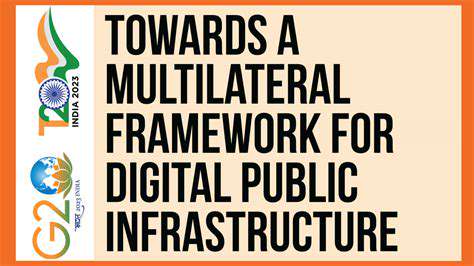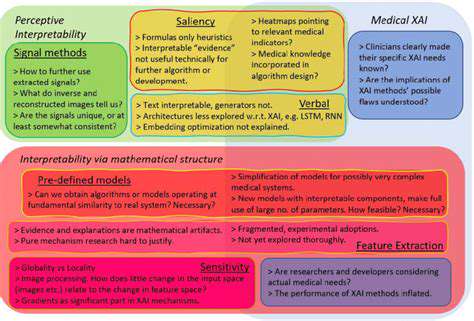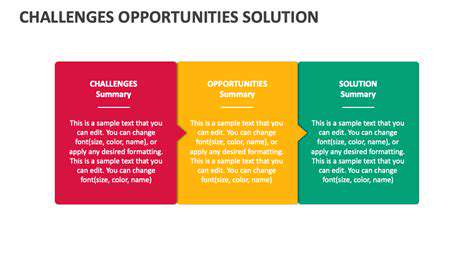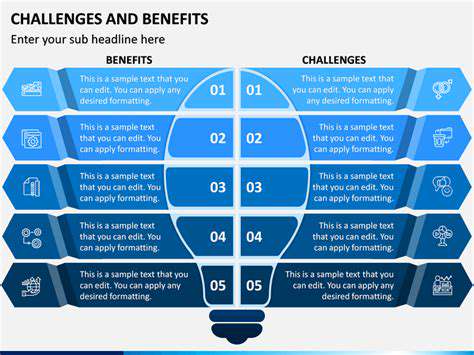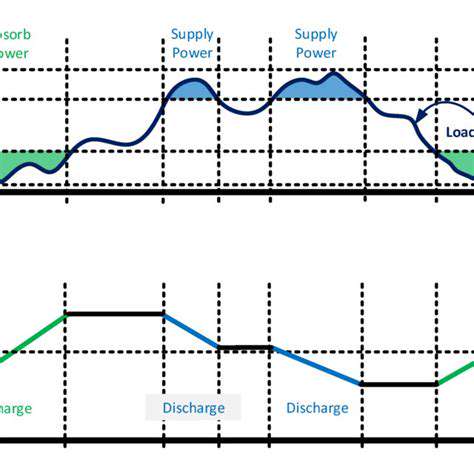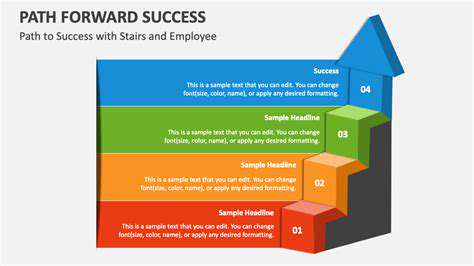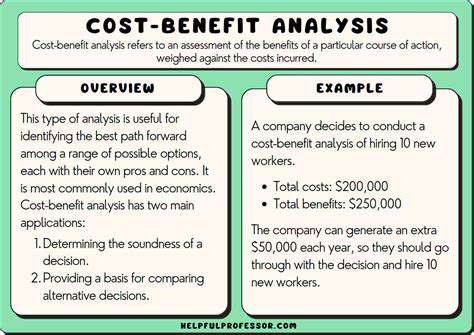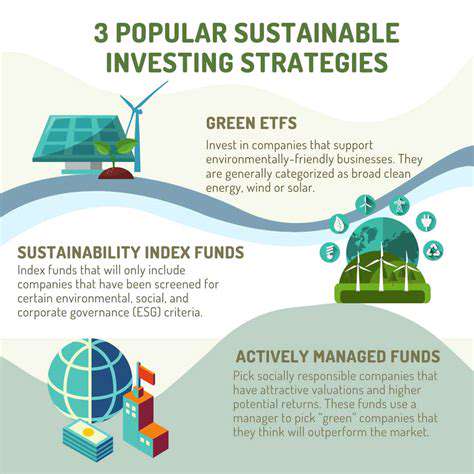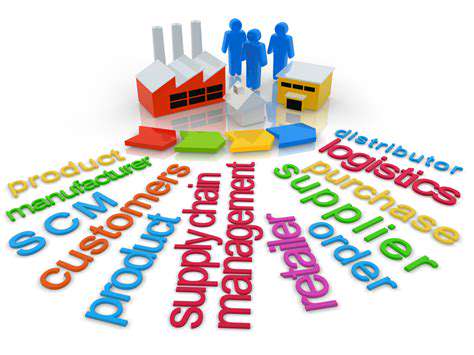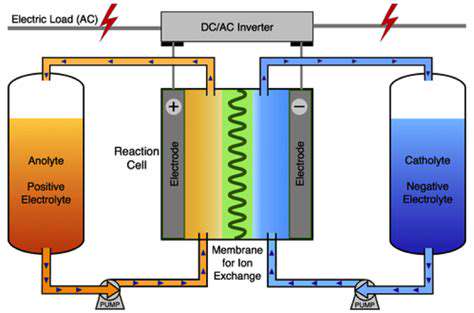The Future of Wind Energy Research and Development
Advanced Composites for Enhanced Turbine Blades
The quest for higher efficiency and longer lifespan in wind turbines necessitates the exploration of advanced materials. Composite materials, particularly those utilizing carbon fiber and other high-strength polymers, are poised to revolutionize turbine blade design. These materials offer significantly improved strength-to-weight ratios compared to traditional materials, enabling the creation of larger, more powerful blades capable of capturing greater amounts of wind energy. This advancement translates to increased energy generation, reduced manufacturing costs per unit of energy produced, and ultimately, a more sustainable energy future.
Furthermore, the use of advanced composites allows for intricate blade designs optimized for aerodynamic performance. This leads to reduced drag and improved energy capture, further boosting the overall efficiency of wind turbines. Researchers are also exploring the use of self-healing composites, which could significantly reduce maintenance needs and extend the operational lifespan of these critical components.
3D Printing for Turbine Component Fabrication
Additive manufacturing, specifically 3D printing, is emerging as a powerful tool for revolutionizing wind turbine manufacturing. This technology allows for the creation of complex geometries and intricate designs that were previously impossible or prohibitively expensive to produce using traditional methods. 3D printing can be used to create customized components, reducing material waste and streamlining the manufacturing process.
Beyond component production, 3D printing also holds promise for on-site repairs and upgrades. Imagine a scenario where a damaged turbine blade component can be quickly and efficiently replaced or repaired on-site using 3D printing technology. This could significantly reduce downtime and maintenance costs, making wind energy even more attractive as a reliable and resilient energy source.
Smart Materials for Adaptive Turbine Performance
The integration of smart materials into wind turbine design is another exciting avenue for optimization. These materials possess unique properties that enable them to adjust to changing environmental conditions, such as wind speed and direction. For example, smart materials could automatically adjust the angle of turbine blades to maximize energy capture in fluctuating wind conditions, leading to a more consistent and reliable energy output.
Advanced Manufacturing Processes for Improved Quality
Moving beyond the materials themselves, advanced manufacturing processes play a crucial role in ensuring the quality and reliability of wind turbine components. Techniques like laser welding and advanced machining are being employed to create stronger, more precise, and more durable parts. These refined manufacturing processes contribute to the overall structural integrity of the turbines, enhancing their lifespan and safety.
Sustainable Manufacturing Practices
The future of wind energy is inextricably linked to the responsible and sustainable sourcing of materials and the adoption of environmentally friendly manufacturing processes. This includes the exploration of recycled materials, the development of closed-loop systems for material reuse, and the reduction of waste throughout the entire manufacturing lifecycle. By embracing sustainable practices, the industry can minimize its environmental footprint and contribute to a more responsible and sustainable energy future.
Data-Driven Optimization of Turbine Design and Operation
The vast amounts of data generated by wind turbines, including wind speed, temperature, and operational parameters, can be harnessed to optimize their performance. Through sophisticated data analysis and machine learning algorithms, engineers can identify patterns and trends to improve turbine designs, predict maintenance needs, and optimize operational strategies. This data-driven approach leads to more efficient energy capture, reduced maintenance costs, and a more proactive and sustainable energy production system.
Harnessing the Power of Offshore Wind Farms: Challenges and Solutions
Technological Advancements Driving Efficiency
Offshore wind farms are becoming increasingly sophisticated, with technological advancements playing a crucial role in boosting efficiency and reducing costs. Turbine designs are evolving to capture more wind energy, while sophisticated control systems optimize energy generation and minimize downtime. This innovation is critical for making offshore wind a truly viable and cost-effective energy source, paving the way for a cleaner energy future.
Furthermore, advancements in materials science are leading to stronger and lighter turbine components, enhancing structural integrity and reducing maintenance needs. These advancements directly translate to lower operational costs and higher reliability, making offshore wind farms more attractive to investors and energy companies.
Environmental Considerations and Mitigation Strategies
The environmental impact of offshore wind farms is a critical factor to consider. Careful planning and mitigation strategies are essential to minimize disruption to marine ecosystems. This includes conducting thorough environmental assessments before construction, implementing noise reduction measures during operation, and carefully selecting construction sites to minimize impact on fish migration patterns and breeding grounds. Careful consideration of migratory routes and sensitive habitats is critical for minimizing negative consequences for the marine environment.
Furthermore, the potential for bird collisions with turbine blades requires careful design and operational protocols. Strategies for bird avoidance, such as adjusting turbine operation during peak migration periods, can significantly reduce the impact on avian populations. Continuous monitoring and adaptation of strategies based on environmental data are paramount to responsible development.
Economic Benefits and Investment Opportunities
Offshore wind farms offer significant economic benefits, creating jobs in manufacturing, construction, and maintenance. The development of these projects stimulates local economies and fosters innovation in renewable energy technologies. Attracting investment in these projects is critical for rapid scaling and deployment across the globe. These investments not only create jobs but also contribute to the development of a sustainable energy infrastructure.
The long-term financial viability of offshore wind farms is a key consideration for investors. Stable energy prices and government incentives can play a significant role in attracting capital and ensuring that these projects remain economically attractive over their lifespan. The return on investment for these large-scale projects needs to be carefully analyzed to ensure long-term sustainability.
Overcoming Infrastructure Challenges and Logistics
Constructing and maintaining offshore wind farms presents unique logistical challenges. Transporting heavy components across water, installing turbines in deep seas, and ensuring reliable power transmission from offshore locations to the grid are among the crucial challenges. Efficient and innovative solutions to these issues are crucial for the successful deployment of these projects.
The design and construction of offshore infrastructure must consider the harsh marine environment, ensuring that structures are robust and resilient to strong winds, waves, and currents. Innovative approaches to deep-water construction and maintenance are crucial for minimizing risks and maximizing the lifespan of these critical energy facilities.
Public Perception and Community Engagement
Gaining public acceptance and fostering positive community engagement is essential for the successful development of offshore wind farms. Transparent communication, addressing concerns, and actively engaging with local communities throughout the project lifecycle are vital to ensuring support for these crucial renewable energy initiatives. Public awareness campaigns, workshops, and town hall meetings are essential for fostering dialogue and building trust.
Addressing concerns related to visual impact, noise pollution, and potential impacts on fisheries and tourism is essential for fostering positive community relations. Active collaboration with local stakeholders, along with transparent and proactive communication, can help overcome potential opposition and build support for these projects.
Integrating Wind Energy into Smart Grids: Optimizing Energy Delivery
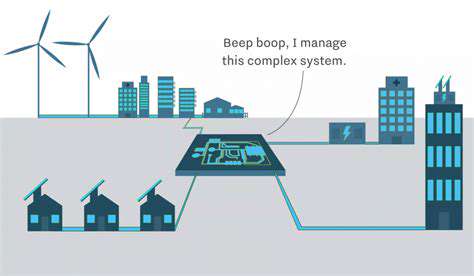
Optimizing Grid Infrastructure
Integrating wind energy into a smart grid requires significant upgrades to existing infrastructure. This involves reinforcing transmission lines and substations to handle the fluctuating nature of wind power generation. Furthermore, smart grid technologies, such as advanced sensors and automated control systems, play a crucial role in managing the intermittent supply of wind energy and ensuring grid stability. This ensures a reliable and efficient flow of electricity to consumers.
Improving Forecasting Accuracy
Accurate forecasting of wind energy generation is paramount for effective grid management. Advanced meteorological models and data analysis techniques are employed to predict wind patterns with higher precision. This allows grid operators to anticipate fluctuations in wind power output and schedule energy storage or adjust power generation from other sources accordingly. Improved forecasting minimizes the risk of power outages and maintains grid stability.
Implementing Energy Storage Solutions
The intermittent nature of wind energy necessitates the implementation of energy storage solutions. Batteries, pumped hydro storage, and other technologies are crucial for storing excess wind power generated during high-wind periods and releasing it when demand is high or wind is low. This ensures a consistent supply of electricity and increases grid reliability, especially during periods of low wind. This approach is vital for a sustainable energy system.
Enhancing Grid Control Systems
Modern grid control systems must be enhanced to effectively manage the integration of wind energy. These systems need to be able to respond quickly to fluctuations in wind power output and maintain grid stability. This involves real-time monitoring, advanced algorithms, and automated control mechanisms to ensure efficient distribution of electricity.
Developing Smart Metering Infrastructure
Smart meters are essential for real-time monitoring of energy consumption. This allows for better demand response strategies, enabling consumers to adjust their energy usage based on real-time pricing or grid needs. By providing detailed information about energy consumption patterns, smart meters help optimize grid management and integrate renewable energy sources like wind power effectively. This facilitates a more responsive and efficient energy system.
Addressing Intermittency Challenges
One of the major challenges in integrating wind energy is its intermittency. Wind speeds fluctuate throughout the day and across different locations. This fluctuation necessitates careful planning and management to ensure a reliable and stable power supply. Strategic grid management, including energy storage and diversified power generation sources, is essential to address this challenge and maintain grid stability.
Promoting Community Engagement
Public acceptance and community engagement are vital for large-scale wind energy integration projects. Open communication and transparency about the benefits and potential impacts of wind farms on local communities are essential. Addressing concerns and fostering collaboration with local stakeholders can help promote project acceptance and ensure smooth implementation.
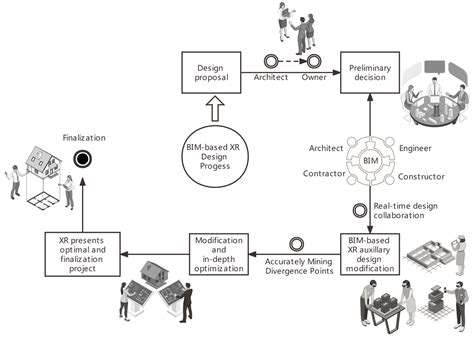
The Role of Policy and Public-Private Partnerships in Driving Innovation
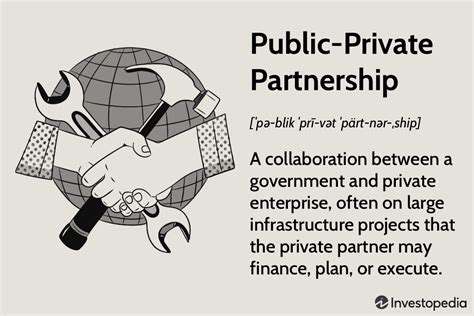
Policy Frameworks for Public-Private Partnerships
Effective public-private partnerships (PPPs) require robust policy frameworks that clearly define the roles and responsibilities of both public and private sectors. These frameworks should outline the procedures for project identification, development, and evaluation. A well-defined policy framework establishes a predictable environment that fosters trust and encourages private sector investment. This includes clear guidelines on procurement processes, risk allocation, and dispute resolution mechanisms.
Transparency and accountability are crucial components of these policies. Publicly accessible information regarding project progress, financial performance, and any potential conflicts of interest must be readily available. Open communication channels between the public and private sectors are essential for building trust and ensuring that projects align with public interests. This transparency helps to build public confidence and ensures that the partnership is operating ethically.
Public Sector Involvement in PPPs
Public sector involvement in PPPs is essential for defining the project objectives, ensuring compliance with regulations, and managing risks. The public sector plays a critical role in establishing the legal and regulatory environment that supports the partnership. This includes providing necessary infrastructure, facilitating approvals, and managing potential conflicts of interest.
Public sector representatives should be equipped with the necessary expertise to effectively evaluate and oversee private sector contributions. Understanding the complexities of private sector operations and the technical aspects of the projects is critical for a successful partnership. This expertise will enable the public sector to effectively monitor progress and ensure that the project adheres to agreed-upon terms and conditions.
Private Sector Incentives in PPPs
Attracting private sector participation requires creating incentives that align with their investment objectives. These incentives can take various forms, including favorable tax treatments, streamlined regulatory processes, and guarantees for project returns. Clearly defined and attractive financial incentives are essential for attracting private sector partners.
The private sector is driven by profit margins and risk assessment, so ensuring strong financial returns, while limiting potential liabilities, is critical. Incentivizing private sector participation in a transparent and predictable manner will increase the likelihood of successful partnerships.
Risk Allocation and Management in PPPs
PPPs inherently involve risks that must be carefully allocated and managed. Clearly defining the responsibilities for managing risks is crucial for mitigating potential problems and ensuring project success. This includes the identification, assessment, and mitigation of potential risks throughout the project lifecycle. A thorough risk assessment must consider financial, technical, and legal risks.
Effective risk management strategies are vital for minimizing the impact of unforeseen circumstances. These strategies should include contingency plans for various scenarios and mechanisms for resolving disputes. Proactive risk management is essential for the long-term viability of the partnership.
Benefits and Challenges of Public-Private Partnerships
Public-private partnerships offer numerous benefits, including leveraging private sector expertise, funding, and innovation to deliver public goods and services more efficiently. Streamlined project development and execution are key benefits of these partnerships.
However, potential challenges include ensuring transparency and accountability, managing conflicts of interest, and addressing potential ethical concerns. Careful planning and strong governance are vital for overcoming these challenges and maximizing the benefits of PPPs. Careful consideration of these factors is crucial for ensuring the long-term sustainability and success of such partnerships.
